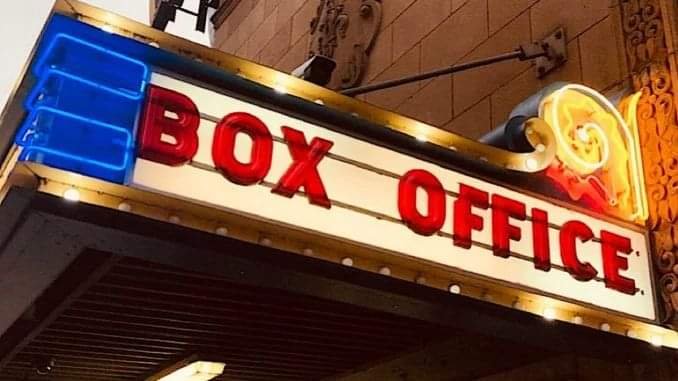So I would explain across the board to everyone.
In a nutshell :
- Gross BO Collection – This is the collective sum of the ticket value sold at the counter.
- Net BO Collection – This is Gross BO minus entertainment tax.
- Share – Usually refers to the distributor share from the Net BO Collection. This is usually near 50% f the Net box office collection.
In Detail,
Gross and Net BO
Suppose 100 tickets were sold for a movie in 2 cinemas A and B, A charging Rs. 200 per ticket selling 40 and B charging 120 selling 60 tickets,
Gross BOC = 200 x 40 + 120 x 60 = 15200, 8000 from A and 7200 from B. So A performed better than B, right? Not quite…..
The Problem – If we account for the entire collection from all over India, Gross BO won’t be and apples to apples comparison as different states charges different rates of entertainment tax. Eg Assam, Himachal Pradesh, Jammu & Kashmir, Punjab and Uttaranchal doesnt charge any tax on movies. Rajasthan Charges 0% on Rajasthani Films and 30% ET on all others whereas Kerala charges flat 30% on all films. The highest entertainment tax rate is for Jharkhand at a whopping 110%.
Thus, a movie might have a huge box office collection in a territory but the distributor might be running losses due to high tax rate.
Suppose Cinema A was in Kerala and Cinema B was in Punjab.
Ticket Price A = 200 = X + 0.3X –> X = 153.85 and 0.3X = 46.15
X is what the people associated with the movie makes, including the producers, distributors and the cinemas.
In Cinema B, X = Ticket Price since there is no tax.
So if you add up all the Net BO from all the territory, we get the real picture of how much money the movie made.
In our above example of A and B,
Net BO from Cinema A = 153.85 *40 = 6154
Net BO from Cinema B = 120 * 60 = 7200
Total Net Box Office = 13354.
Thus, cinema B actually made more money for the producers than cinema A.
Whenever the producer has to report the earnings to the media, he would prefer Gross over Net as it is an inflated figure to trick the public into believing that the movie is a hit. But for accounting purposes, Net BO is what is used.
Now comes the distributor share.
Usually, the producer of the movie would sell the rights of the movie to distributors across the country either for a lump sum or on a revenue sharing basis. In many cases, the producer might also own a distribution division which takes care of this in all major regions of the country. This the distributor share is partly or wholly what the makers of the film earn.
The distributor share in India are as follows:
Multiplexes:
Week 1 : 50%
Week 2: 42%
Week 3 : 37%
After Week 3 : 30%
The higher first week share is one of the reasons why distributors try to squeeze in as many screens as possible in the first week and push for a higher box office collection.
For single screens, its usually in the range of 70%. But it is common for single screens to pay a lump sum.
Our movie has a earned Net BO of Rs 13354 from 2 cinemas. This money needs to be divided among two parties – the distributor and the cinema owner. Suppose Cinema A was a multiplex and B was a single screen.
Distributor Share from A : 50% of 6154 = Rs. 3077
Distributor Share from B : 70% of 7200 = Rs. 5040
Total Distributor Share = Rs. 8117 out of a total Gross BO of Rs. 15200.
A movie as a rule of thumb requires to earn twice its production and marketing budget at the box office to break even and much higher to make a healthy profit.

